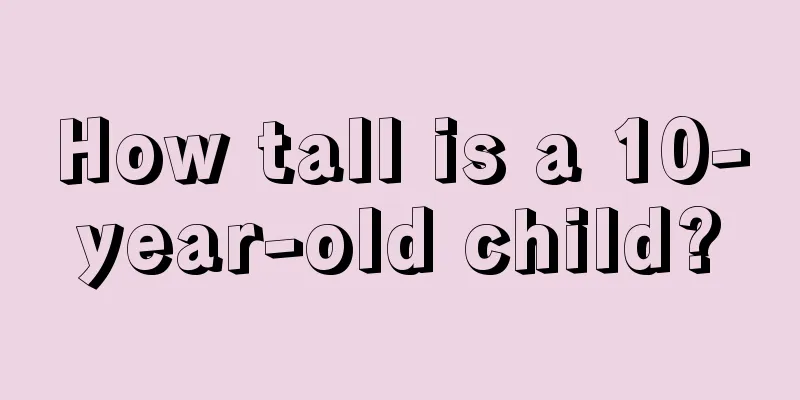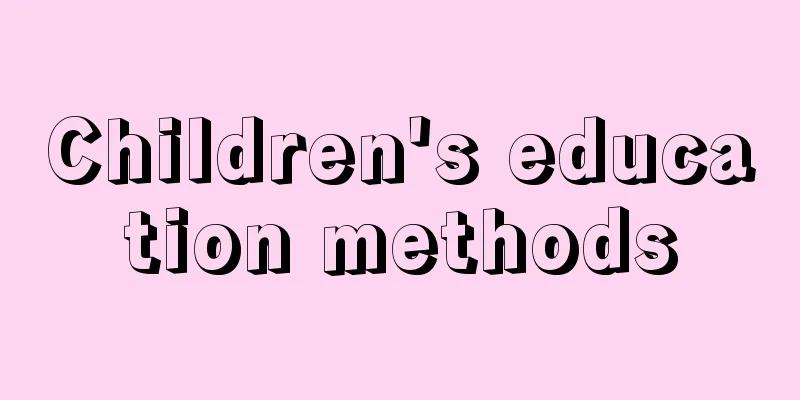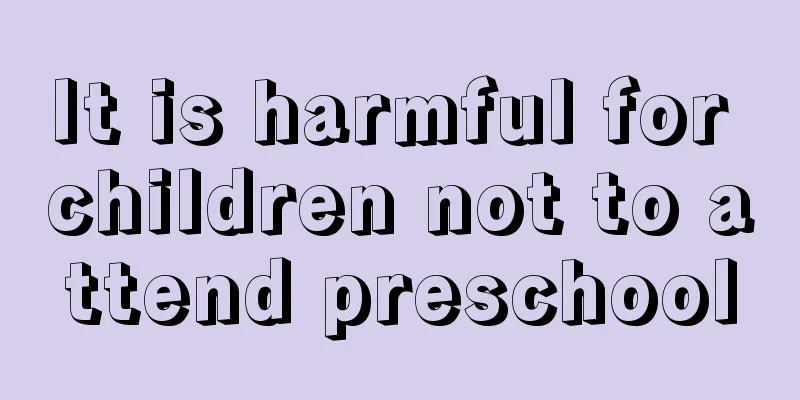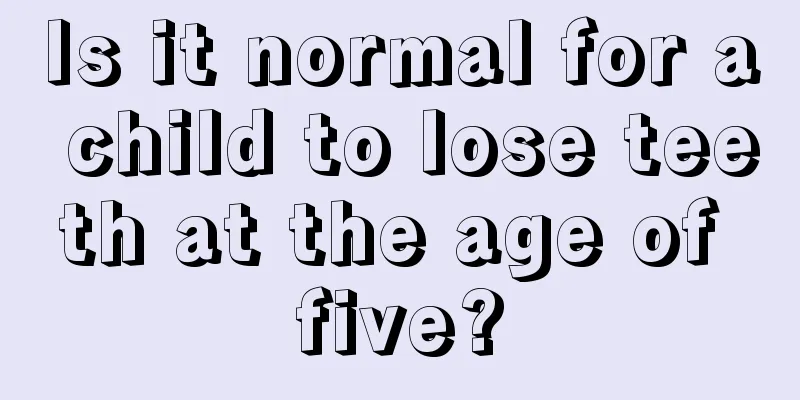The child suddenly developed a fever without any symptoms
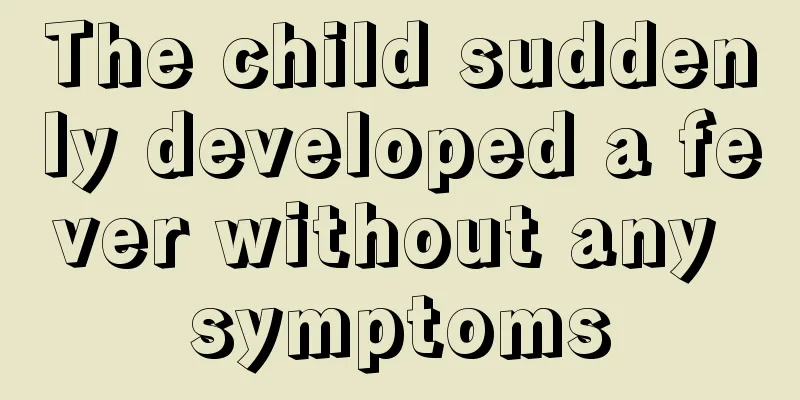
|
Fever is a common symptom in children, and there are many factors that can cause fever in children. Because children's immunity is relatively low, if they have a severe fever, it may even affect their brains and even cause their brains to develop incompletely. Some parents find that their children suddenly have a fever without any symptoms before. So, what should we do if our child suddenly develops a fever without any symptoms? What to do if your child has repeated fever What should you do if your child has a fever? Generally, if a child's fever is below 38.5℃, parents should adopt physical cooling methods, such as drinking more water, applying fever-reducing patches, etc. Do not abuse drugs. When a child's fever is above 38.5℃, it is best to give the child medication under the guidance of a doctor. 1. When the body temperature is below 38.5℃, physical cooling is the preferred intervention. Fever is the most common symptom of infectious diseases in children. The treatment of fever can be roughly divided into "physical treatment" and "drug treatment". Generally speaking, when a child's body temperature is below 38°C, there is no need to use drug treatment, but choose the correct physical cooling method. For example, applying a fever-reducing patch, drinking plenty of water, and taking a warm bath can all help lower body temperature. 2. Infants and young children with a body temperature above 38.5°C need drug treatment. If you find that your child's body temperature has exceeded 38.5℃, parents should closely observe the child's condition so as to respond in time. For infants and young children, when their body temperature exceeds 38.5℃, they need to be given medication. 3. If the body temperature is above 39°C, medication should be taken under the guidance of a doctor. When a child's body temperature exceeds 39°C and is considered a high fever, Western medicine treatment is usually chosen. Currently, ibuprofen and paracetamol are commonly used antipyretics in clinical practice. These two types of drugs are relatively safe. But one thing that must be made clear is that parents should use the medication under the guidance of a doctor, especially pay attention to the dosage, and send the baby to the hospital for treatment in time. What should children eat when they have a fever? Only a balanced diet can enhance children's resistance and help them recover as quickly as possible. So, what should children eat when they have recurring fever? Parents can let their children take in a balanced amount of foods rich in nutrients such as protein, sugar, fat and minerals in their daily diet, and eat more easily digestible foods, such as rice soup. In addition, let your children develop good eating habits. Picky eating and partial eating can easily lead to nutritional imbalance, weakened body resistance to disease, and make them susceptible to virus invasion. (1) Rice soup. Rice soup can provide children with carbohydrates. It has sufficient water content, making it easier for sick children to absorb it. Rice soup is obtained by boiling rice and removing the residue. (2) Mung bean soup. Mung beans are benign and have the effects of clearing away heat, detoxifying and relieving summer heat. (3) Fresh fruit juice. In summer, you can drink watermelon juice, which has the effects of clearing away heat, quenching thirst, and diuresis; in autumn and winter, you can drink fresh pear juice, which has the effects of moistening the lungs, clearing the heart, relieving cough, and removing phlegm; fresh orange juice has the effects of removing dampness, resolving phlegm, clearing the lungs, and unblocking the meridians. Common semi-liquid foods include porridge, eggs, and soft noodles. It is worth noting that liquid food is generally consumed during the acute phase of illness, and semi-liquid food is consumed during the recovery phase or fever-reducing phase. If a child with a fever has a poor appetite, do not force him to eat, so as to avoid stomach discomfort and vomiting after eating, but be sure to pay attention to replenishing water. In addition, do not suddenly add food that the child has not eaten before during the fever period to avoid diarrhea. |
<<: Early symptoms of chickenpox in children
>>: What are the symptoms of potassium deficiency in children?
Recommend
What is the normal body temperature for a newborn?
Generally speaking, the normal body temperature o...
Why does the child have cold hands and feet and hot body?
Children's physical health is very easily dam...
What is the disease that causes pain in the lower left abdomen in young children?
Children are the sky of every family and are ange...
Why is the newborn baby's hair yellow?
I believe many people have seen that the hair of ...
What causes baby coffee spots?
Café au lait spots in babies are a relatively rar...
How to reduce fever in children of 38 degrees
When a baby has a fever, the baby's antibody ...
Precautions for children with high urine protein
When there is a problem with the kidneys, the uri...
How to correct children's leg clamp syndrome
The 0-3 years old stage is a period that parents ...
Which department should I go to for treatment of ADHD?
ADHD is very common in our lives, especially in s...
Why does the baby cough after feeding?
For most families, babies are priceless treasures...
How to check the baby's neurological development
After a baby is born, the brain and body are in d...
Can fatigue cause fever in children?
Some children often have fever, especially after ...
Causes of subcutaneous fat necrosis in newborns
We all know that newborn babies are our parents&#...
Why is the baby breathing heavily?
New parents always put all their attention on the...
What should I do if my child always has a fever in the middle of the night?
In the cold winter, many babies with low immunity...
